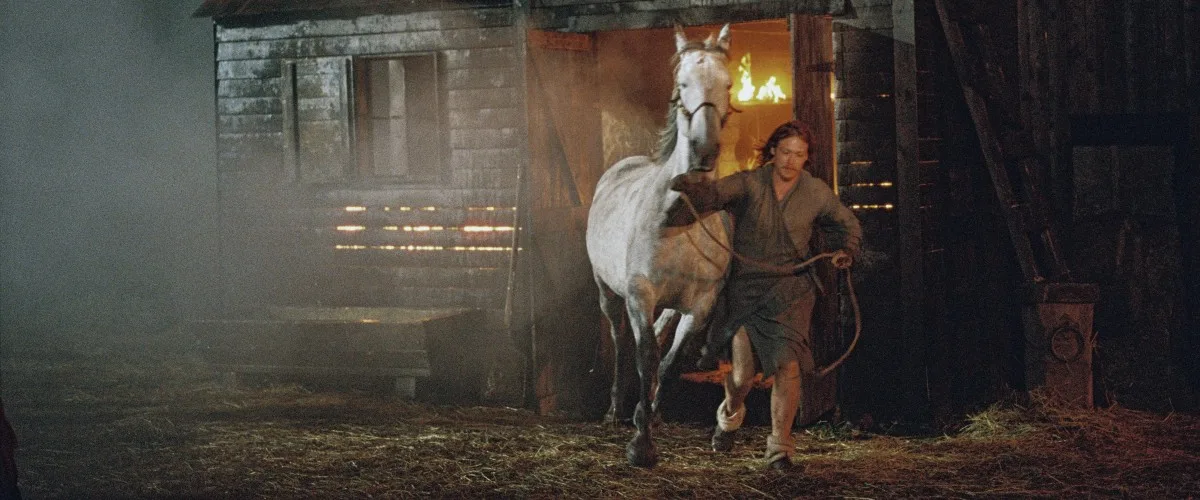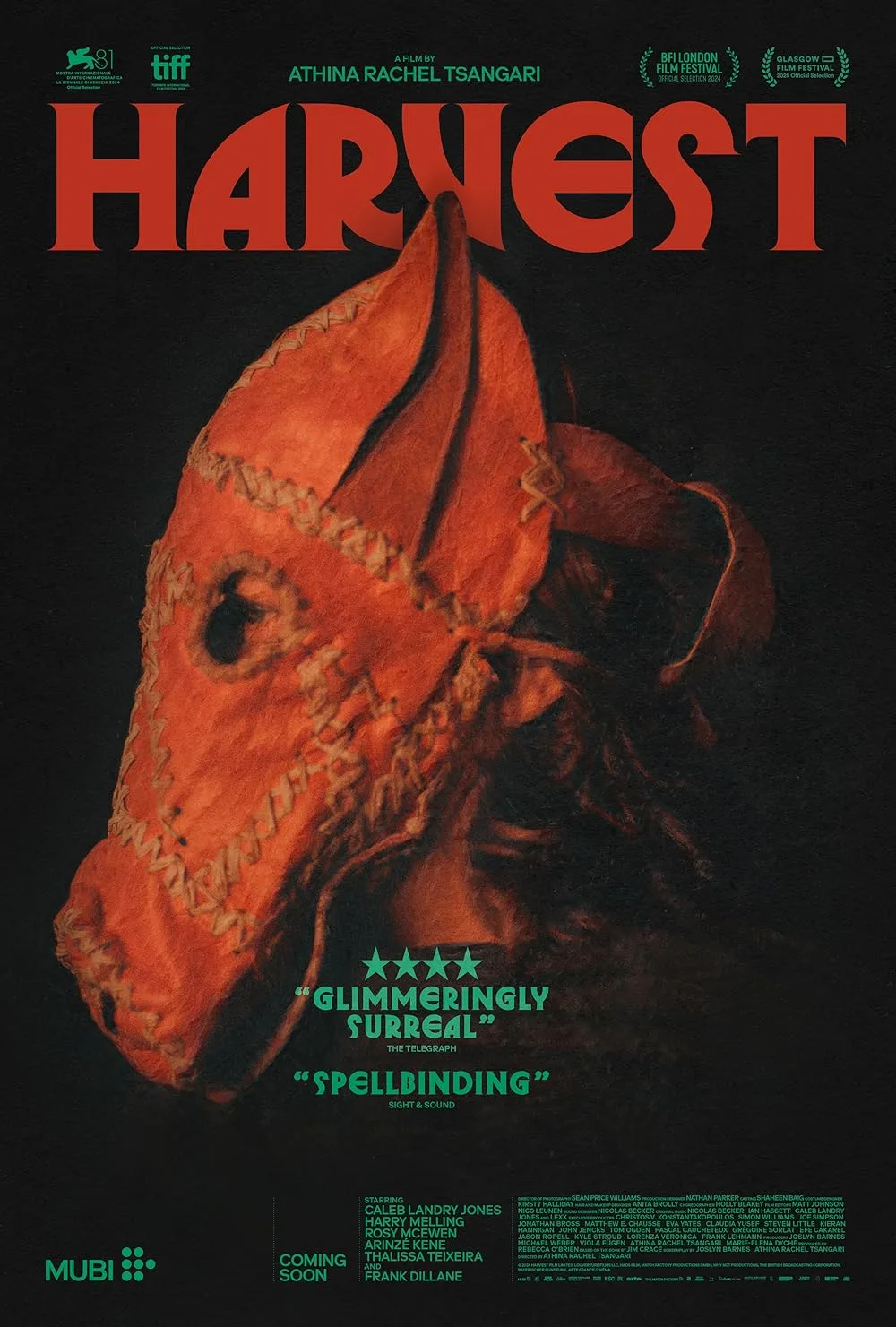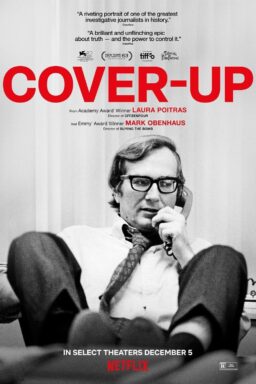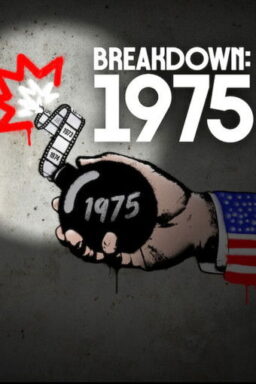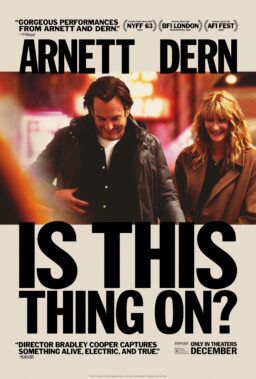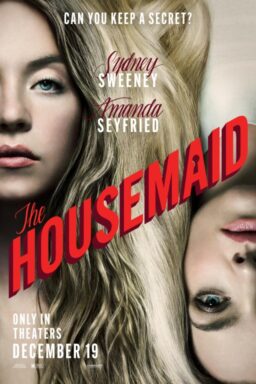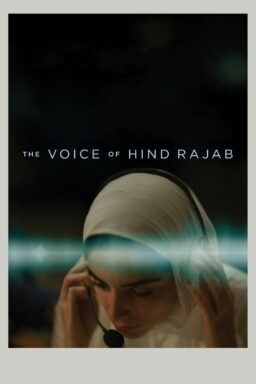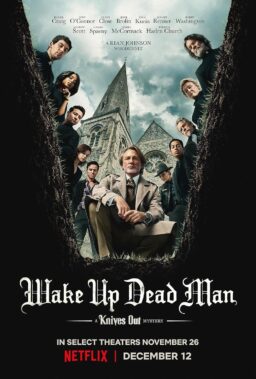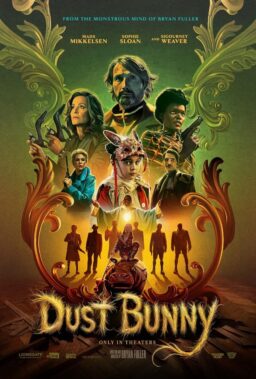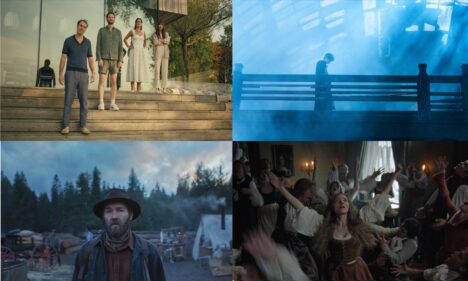The destabilizing oddness of living through major historical events is something that everyone understands in 2025, whether they like to think about it or not. Some are more cognizant of these forces, while others just want to go about their business and pretend that everything is fine. Either way, the changes they bring are subtle, until they suddenly aren’t.
The people living in an unnamed, unincorporated Scottish village at some point in the early modern past in Athina Rachel Tsangari’s “Harvest” are also subject to the whims of history—here, the transition from feudalism into capitalism. Although it’s based on a novel, at its basic level, Tsangari’s film dramatizes Marx’s theory of primitive accumulation through the lens of the enclosure movement that reclassified common lands as private property and peasants as workers. Saying that it makes these concepts “fun” or “accessible” is an overstatement, as “Harvest” can feel interminable even when a viewer is engaged with its ideas. But it does bring them to vivid, even bawdy, life.
Credit for this aspect of the film goes largely to cinematographer Sean Price Williams, whose use of saturated 16mm gives “Harvest” a rich and tactile color palette. You can practically smell shots of viscous snails moving through dark, loose soil and sun-warmed grasses waving in the late summer breeze, underlining the intimate relationship with the land that makes the villagers’ impending eviction from it so painful. The dirty gate edges that frame these images also ground “Harvest,” as Williams and Tsangari contrast earthy, sensual pleasures — food, drink, sex, smoke, pausing work to enjoy the rose-gold glow of an autumn sunset — with the restricted movement and cruel mechanization of the incoming capitalist system.
This cruelty, combined with lingering traces of pre-Christian belief that surface in traditions like the annual harvest bonfire, combine to lead some to label “Harvest” as folk horror. This is misleading, as this is not a horror film, persistent woozy low-angle shots notwithstanding. As with Marxist theory, there are nuances here that are worth debating; suffice to say that folk horror is about the return of the repressed, while this story is about how those things came to be repressed in the first place.
“Harvest” even incorporates the violent misogyny of witch hysteria as a tool for crushing dissent, as Silvia Federici lays out in the classic Marxist-feminist text Caliban and the Witch. This ties into the film’s most enigmatic element, an untamable woman the locals nickname Mistress Beldam (Thalissa Teixeira), who hangs around the edges of the village (and thus the narrative). She’s intriguing, but arguably unnecessary, especially given that protagonist Walter Thirsk (Caleb Landry Jones) is also an outside observer.
Walter loves the land, but he was not born there. He came to the land along with its current administrator, the kind but feckless Mayor Charles Kent (Harry Melling). Walter’s loyalty to Charles allows him to serve as a go-between between the lord and the villagers, who half-trust him because he left Charles’ service to marry a local girl. (Walter’s wife died a few years back, and he’s now in a semi-public relationship with Kitty (Rosy McEwen), the village widow.) It also makes him an ideal tour guide for a most unusual visitor: Phillip Earle (Arinzé Kene), nicknamed “Mr. Quill.”
Charles has hired Phillip to draw a map of the land and name its various regions. (In a typically crude joke, Walter suggests naming one area “the turd and turf.”) Phillip considers himself an artist and takes pride in the accuracy and quality of his work. But mapping the land leads to drawing lines around it, which leads to splitting it into parcels, which leads to fences and private property and, eventually, the mess we find ourselves in today. Even frustration with the film’s slow pace is arguably a side effect of capitalism—in a world where time is money, the languid rhythms of pre-industrial life feel uncomfortably foreign. (That doesn’t make the more stagnant sequences easier to sit through, however.)
“Harvest” paints its pushiest capitalist, Edmund Jordan (Frank Dillane)—a distant cousin of Charles’ late wife who seizes the village through shady-but-legal means—as unambiguously villainous. The remaining characters all have varying degrees of good intentions, if perhaps a lack of perspective on how their actions affect the historical whole. “Everything is going, and I don’t know how to stop it,” Charles laments at one point. The problem is that you can’t. All you can do is document it, preferably with the artistry that Tsangari brings to “Harvest.”

